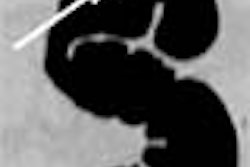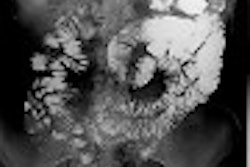Dear CT Insider,
Many experts suspect that calcified plaque still holds a secret or two about cardiovascular risk -- subtle trends, perhaps, that current tests cannot reliably track. The prognostic value of CT calcium assessment has been proven, of course, but the methods still need refining.
To that end, researchers around the world are working to reduce interscan variability, optimize image acquisition and scoring, and quantify their results with the aid of phantoms.
In this month's Insider feature story, radiologists in the Netherlands found that using 1.5-mm slices in electron-beam CT (EBCT) calcium scans yields results that are closer to absolute calcium mass compared with 3-mm slices, especially at lower calcium volumes. They backed up the results in a large patient cohort by scanning a sophisticated acrylic phantom loaded with calcium hydroxitartrate.
Meanwhile, the German group that designed the phantom did a study of its own. Medical physicists from the University of Nurnberg-Erlangen examined scanners from all of the major manufacturers to determine noise levels for different protocols, patient sizes, and calcium quantities.
In the end, they were able to standardize the results across different scanners, and optimize acquisition parameters at radiation doses far below manufacturers' guidelines. You'll find the rest of the story here.
CT Insider is dedicated to bringing you the latest developments in computed tomography each month. We hope you'll find it interesting and informative, and as always, we look forward to your comments and suggestions.




















